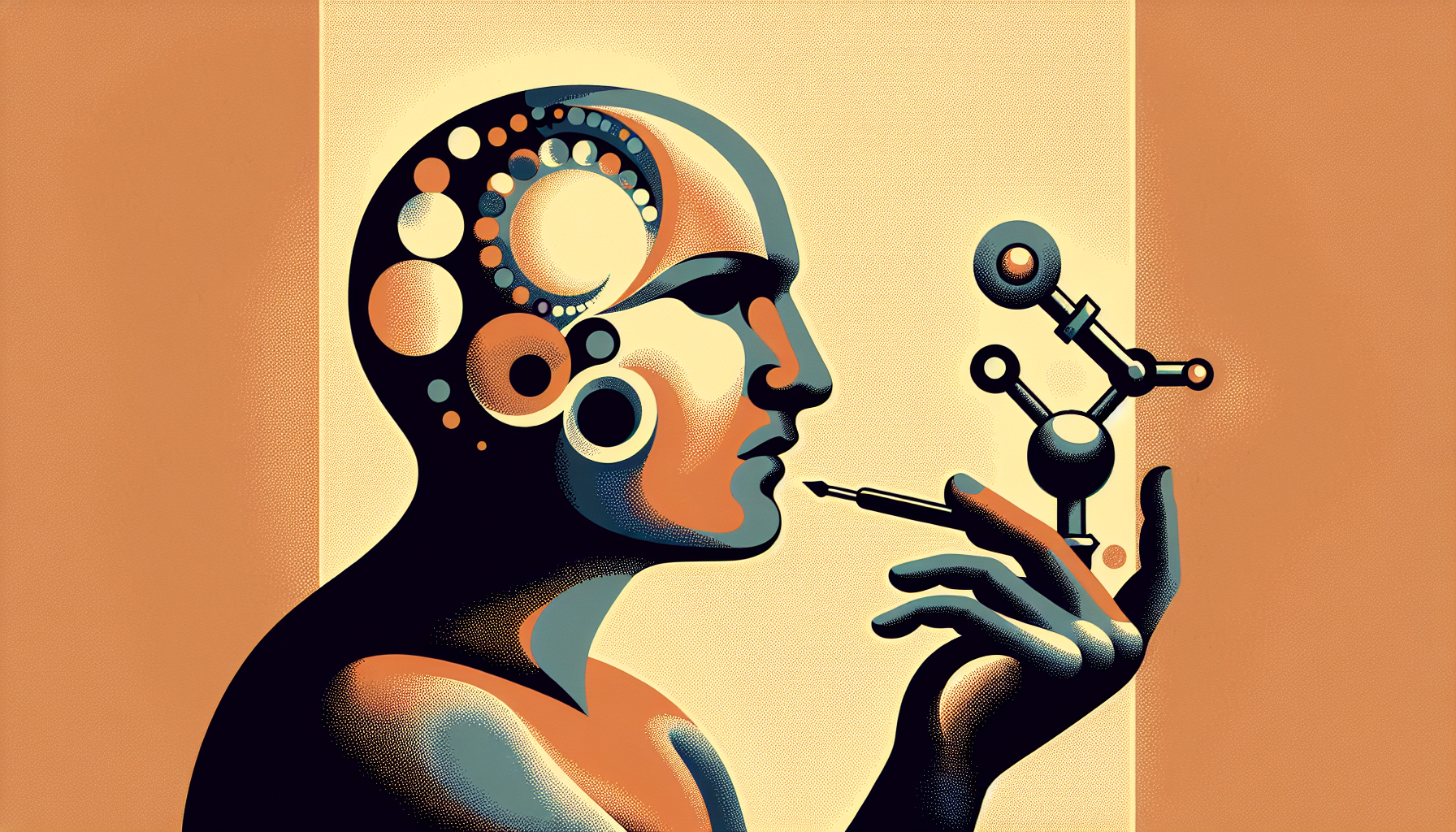For as long as humans have crafted tools, there’s been a quiet anxiety: Is the tool just an extension of me, or might it someday challenge my special place as a creator? Today, we face this question in a more literal sense than ever. Can machines—those offspring of logic, code, and silicon—actually create? When AI writes poetry, composes music, or dreams up wild architectural blueprints, are we witnessing true innovation, or is it just a clever remix of what we’ve already shared with it? In short, can machine creativity be genuine? Or is it forever the world’s most sophisticated karaoke performance?
What Do We Mean By “Creativity” Anyway?
Before we judge our circuit-brained challengers, let’s agree on what creativity is. If you ask ten philosophers (or even three artists at a café), you’ll get a dozen definitions, most involving words like “novelty,” “value,” and—almost always—“something that surprises.” Creativity involves combining things in ways never seen before, making choices no one expected, or reframing an old idea so it suddenly seems shockingly new.
And yes, sometimes creativity is taking inspiration—let’s call it what it is, borrowing—from what came before. Shakespeare didn’t invent the stories of _Romeo and Juliet_; he improved them. The Beatles didn’t invent popular music; they played with older styles, then pushed them forward.
Even the most radical human creators stand on the shoulders of those before them. So, maybe the true test is not “Does it remix?”, but “Does it remix well enough to spark something new?”
The AI’s Bag of Tricks: Learning, Recombining, Surprising
Modern AI models like GPT-4, Midjourney, and AlphaGo break down huge quantities of existing information, sifting through books, images, and music to learn the patterns of human work. They then generate text, pictures, or decisions by navigating a vast landscape of possible combinations.
At first glance, this sounds suspiciously like imitation—a turbocharged copy machine with excellent taste. But when we look a little closer, we see moments that look a lot like innovation. AI has beaten world champions at Go using moves no human had conceived. It generates images unlike anything in any known painting. Some of its poems, admittedly, would have made Emily Dickinson raise an eyebrow. (Whether out of envy or confusion, we’ll never know.)
So, is what AI produces truly new? The answer partly depends on your standards. If you define creativity as _generating something impossible to predict by simply remixing the past_, then some AI output certainly fits. If you hold “creativity” to mean _expressing an inner life or intention_ behind the work, then the verdict is less clear.
Intent, Meaning, and That Pesky Human Touch
Much of what makes human creativity feel authentic comes from knowing it was intentional, meaningful—even risky. A human artist struggles, chooses, rejects, and persists. Their work emerges from a stew of memories, passions, cultural references, and, often, a burning desire to make us see the world differently.
When a machine writes a poem, it doesn’t long for beauty, love, or catharsis. It doesn’t worry about critics or rejoice in applause. It associates patterns; it does not possess intention, suffering, or that delicious spark of madness that sometimes overtakes us mortals.
Does this matter? Depends who you ask. Some philosophers say, “Creativity is about the _artifact_, not the _creator_.” If an AI-generated painting moves me, is it any less valuable because its painter never lost sleep over it? Others insist that true creativity requires an interior world, a sense that the creator _meant_ something by their choices.
It’s a little like admiring a sunset. The colors might astound you, but you don’t typically praise the sun for its artistry.
Innovation vs. Imitation: Can Machines Cross the Line?
Let’s test this: Imagine AI stumbling accidentally upon something wholly unknown—say, producing a new mathematical proof, or a style of painting never before seen.
Would we call this innovation? The answer depends, not quite helpfully, on how much value we place on the act of _discovery_ versus the act of _meaning_. If innovation is about what’s _found_, machines sometimes already outpace us. If it’s about _why_ something is found, the jury is still out. The best AI currently lacks motivation, purpose, or existential dread. (At least, I haven’t found an algorithm that writes frustrated journal entries about its inability to become a real boy.)
But let’s remember: humans themselves imitate, iterate, and even “accidentally” innovate all the time. Many inventions sprang not from grand intention but from lucky messes—think of penicillin, discovered when Alexander Fleming failed to clean up his lab. Perhaps both humans and machines wobble on a spectrum between imitation and invention.
What Machine Creativity Means For Us
So, what’s at stake? For some, the idea that machines might really create is thrilling—a sign that human ingenuity can be multiplied, not replaced. For others, it’s unsettling. If a machine can paint the next Mona Lisa, will we still feel special, or just… obsolete?
Here’s a gentle proposal: Maybe we can think of AI’s creativity as a new branch on the creative tree—a “non-human creativity,” strange and fascinating, and still in its early growth. AI can amplify our own inventiveness, provoke new directions, and, yes, even surprise us. But it’s not about “replacing” the messy, glorious human urge to make things just because we can. AI doesn’t get stage fright. It doesn’t fall in love with its own inspirations.
The Last (Surprisingly Unimaginative) Word
For now, we’re at a crossroads. Machines clearly can imitate in ever more dazzling ways and, occasionally, even innovate in the spaces between data points. Maybe one day, they’ll even surprise us with a spark so original it forces us to rethink what creativity is. Until then, we can take comfort in knowing we’re all playing the same game. Sometimes we create; sometimes we copy. And occasionally, when algorithms and artists both fail, at least we’re in good company.

Leave a Reply